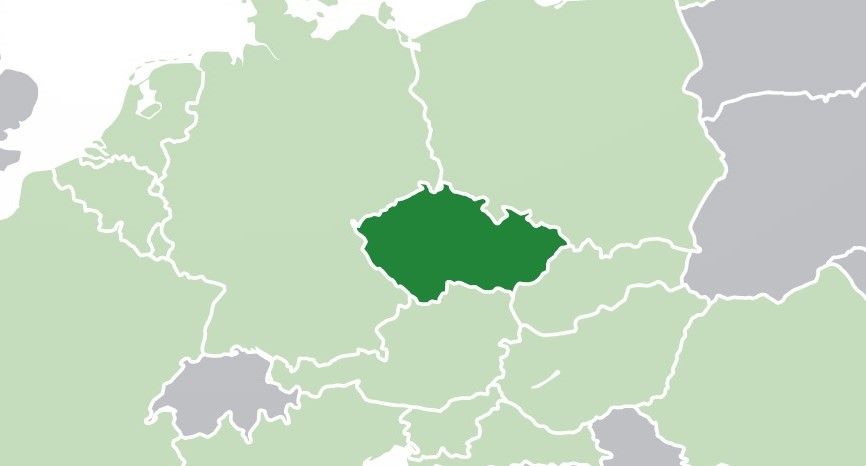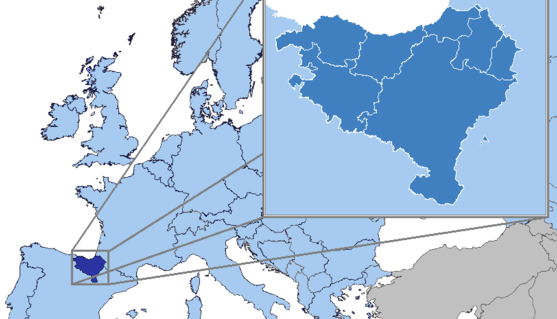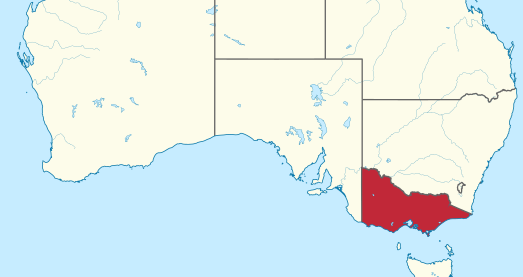Think of a country or region renowned for technology, and most people will answer Silicon Valley, Japan, Mumbai, or Switzerland.
However, as nanotechnology is less than thirty years old, it has allowed for some surprising regions to become hubs for technological advances and industrial cutting-edge.
Here is an examination of those regions and why investing there deserves a closer look.
The Czech Republic
“Industries based on nanotechnology are a rapidly growing niche in the economy of the Czech Republic, which, although small, is widely respected for its technical prowess,” notes a 2012 report in the New York Times.
Since then, aided by a steadily growing economy and its central location in Europe, the Czech nanoindustry has gone from strength to strength.

Government support has been strong, evidenced in the founding of STAR, a Prague-based science and technology cluster which is described an ‘eco-system’ for start-ups and innovative businesses.
“We pride ourselves on being a cluster with a strong technology transfer focus,” says Liliana Berezkinova, Chairperson and CEO for the Czech-based company Nanopharma, a producer and developer of nanomedicines. “We’re business driven.”
This business drive is boosted by the Czech Nanotechnology Industries Association who help in the coordination of investors, researchers, and entrepreneurs; all of whom are eager to take advantage of the relatively low costs for such a skilled and educated workforce. The Czech Ministry of Industry and Trade’s having calculated that a research centre can be built and run in Czechia at about 40% of the cost of a similar facility in the USA or Germany.
One example of an association member, whose projects and ambitions are typical for Czech nanomaterial producers, is the company AG CHEMI GROUP (who host this webpage).
With more than 25 years of experience in sourcing and supplying bulk raw materials to industry, the company witnessed first-hand the increase in demand for nanoproducts.

They therefore struck an agreement with nanotechnology specialists to produce a portfolio of nanomaterials and nanotechnology processes that can be applied in the plastics and elastomers industries, antiviral/antibacterial suspensions and emulsions for textiles and coatings, pathogen destroying fabrics, and nanomaterial approaches for the construction industry (including a patented process for recycling building site waste into a raw material for concrete).
To find out more about the company’s portfolio and how to invest in nanotechnology, visit: AG CHEMI GROUP.
But the company is not alone. According to the Czech Ministry of Industry and Trade’s organisation Czech Invest, “Other remarkable fields in which Czech companies are highly competitive on the global scale include production of monocrystalline materials, electron lithography for holography applications, wound healing and tissue regeneration, research of nanostructured and cross-linked polymeric materials, and production of nanoparticles for special purposes.”
The Basque Country, Spain
The fDi Intelligence magazine, a specialist division from the Financial Times group, reports that, “For the fourth consecutive year, the Financial Times recognises the attractiveness of the Basque Country as a European region in which to invest among 148 analysed regions. Specifically, this year the Basque Country has been awarded first place as a medium-sized region in its strategy to attract foreign investment and also in the TOP 10 as the best region in Southern Europe.”

A strong pillar in the attraction of investment towards the region in Northern Spain is the government’s organisation of industry there. For nanotechnology, this has been centred around the Advanced Manufacturing Strategy - Basque Industry 4.0, part of the SPRI Group strategy for investment.
As the group explains, “Implementation of this strategy has been based on 3 integrating axis: business development, knowledge generation, and energising.”
In practice, this has meant coordinating regulations, handling health and safety concerns, establishing a skills centre in the region, connecting different universities with nanotechnology focus, and assisting cooperation between researchers and entrepreneurs.
One example of an initiative set up in the Basque country, involved a three-way cooperation, “… by BerriUP [a start-up business consultancy], the range of graphene products offered by Graphenea [a graphene producer], and the cutting-edge infrastructure and equipment that nanoGUNE [a nanotechnology research centre] has at its disposal.”

It is a smart, yet effective way to benefit several parts of a community/economy, and evidence of why the region's nanoindustry is so attractive to business, researchers, and investors.
Victoria, Australia
The next region to surprise as an industrial hub of nanotechnology research and fabrication is the state of Victoria on Australia’s southern tip.

Australia as a whole has a large nanoindustry. As the nanotechnology journal AzoNano reports, “In 2018, the GDP per capita for nanotechnology in Australia was a huge $51,545. [While] The gross domestic product was $1,432,195.2 million, ranking it 13th in the world. These figures demonstrate how Australia is one of the world’s most established players in the nanotechnology industry.” Adding that, “[Nanotech] Companies based in Australia are emerging as some of the world’s best, with Australia [and Victoria]-based Starpharma Holdings recently being named one of the world’s top 20 nanotechnology companies.”
There are many reasons why Australian businesses have been drawn towards nanomaterial production, but these include:
· Good universities based on science and technology, such as the University of Queensland, Queensland University of Technology (QUT), and Bond University.
· Good government financial support.
· Good government legislative support which includes seven governing bodies covering nanomaterial applications in different industries (agriculture, food, cosmetics, medical etc.).
· Public support for nanotechnology, with a recent survey finding that 76% of Australians were aware of nanotechnology, of which 85% were ‘excited’ or ‘hopeful’ for nanotech’s future outcomes.
· The Australian Nanotechnology Network which provides a focal point for researchers and commercial enterprises.
· Nanotechnology Victoria, which is a, “… vehicle for optimising benefits to Victoria from advances in nanotechnology and related sciences.”
Consequently, Victoria has become a hub of nanotechnology commerce, hosting numerous start-ups as well as established companies branching out into the fabrication and application of nanomaterials.

While it is true that the global leaders in nanotechnology research and manufacture are the USA and China. Solid and expanding nanotechnology industries can be found in unexpected places. The Czech Republic, the Basque country, and Victoria are never normally thought of as industrial hubs, yet the combination of technological expertise, the small nature of nanoproducts, and the young age of the industry as a whole have given these places the ability to surprise.
To find out more about the Czech Republic’s growing nanotechnology sector read: Czech Nanotechnology Proven as World Class Part 1: Research or Czech Nanotechnology Proven as World Class Part 2: Industry
Photo credit: NuclearVacuum, , Zorion, TUBS, Freeimages, Pexels, Freeimages, & Pexels